Configuring Font Settings
(Free Text Template, Free Design Template)
This section describes how to configure font settings for text you input manually into the work area, or text you import.
You can select font, font size, font style, and text alignment from the toolbar.
Font Setting Tools
??? To specify the font
1.Input text into the work area.
2.Highlight the characters whose font setting you want to edit.
3.On the toolbar, click the down arrow button, and then select the font you want from the list that appears.
???Your font selection is reflected in the work area and the preview image.
??? To specify the font size
1.Input text into the work area.
2.Highlight the characters whose font size you want to specify.
3.On the toolbar, click the down arrow button, and then select the font size you want from the list that appears.
???Your font size selection is reflected in the work area and the preview image.
???If the font size you want is not included in the list, select the font size box in the toolbar and type in the size you want.
??? To change font style settings
You can use the following procedure to italicize or bold text.
1.Input text into the work area.
2.Highlight the characters whose font style setting you want to change.
3.Click  to make the selected text bold, or
to make the selected text bold, or  to make the text italic.
to make the text italic.
???Your font style setting is reflected in the work area and the preview image.
???Selecting bold text and clicking  or italicized text and clicking
or italicized text and clicking  removes the corresponding style and returns the text to normal.
removes the corresponding style and returns the text to normal.
??? To change the alignment of text
You can align text so it is left-aligned, centered, or right-aligned.
1.Input text into the work area.
2.Locate the cursor inside the text whose alignment you want to change.
3.Click  to left-align the text,
to left-align the text,  to center the text, or
to center the text, or  to right-align the text.
to right-align the text.
???The alignment you specify is reflected in the work area and the preview image.






 button.
button.




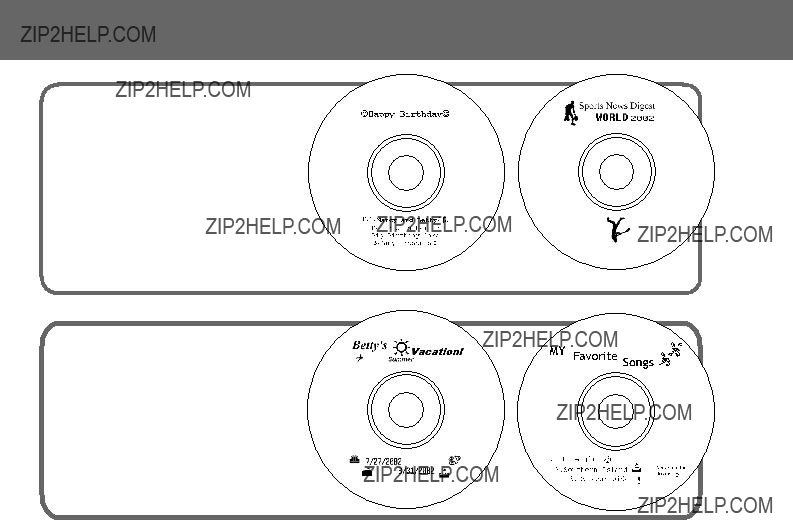
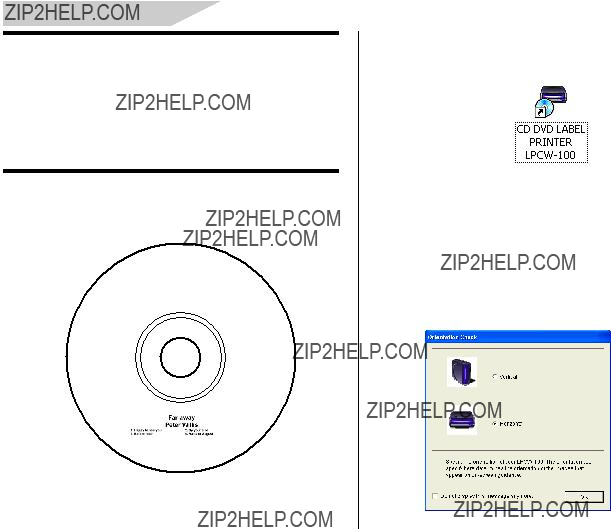

 .
.
 .
. .
.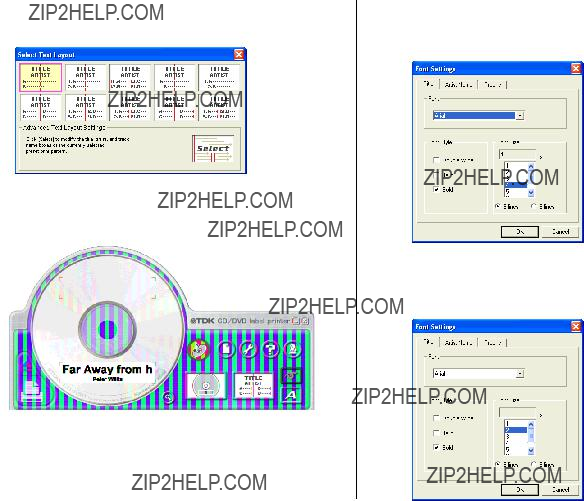
 .
. .
. .
.
 .
.

 button on the CD/DVD LABEL PRINTER application screen.
button on the CD/DVD LABEL PRINTER application screen.
 .
. .
. button in the upper right corner of a main window.
button in the upper right corner of a main window.
 .
. Music Label
Music Label Data Label
Data Label
 Digital Image Label
Digital Image Label
 icon on the main screen to display Assistant information for the operation you are currently performing.
icon on the main screen to display Assistant information for the operation you are currently performing. button.
button.
 button displays a menu of commands that you can use to perform the operations described below.
button displays a menu of commands that you can use to perform the operations described below.


 button displays a menu of commands that you can use to perform the operations described below.
button displays a menu of commands that you can use to perform the operations described below.











 button.
button.

 button.
button.
 .
.
 .
. .
.
 .
.

 button.
button.
 button.
button.
 button.
button.
 panel.
panel.
 .
. .
.




 panel.
panel. .
. .
.
 button.
button.
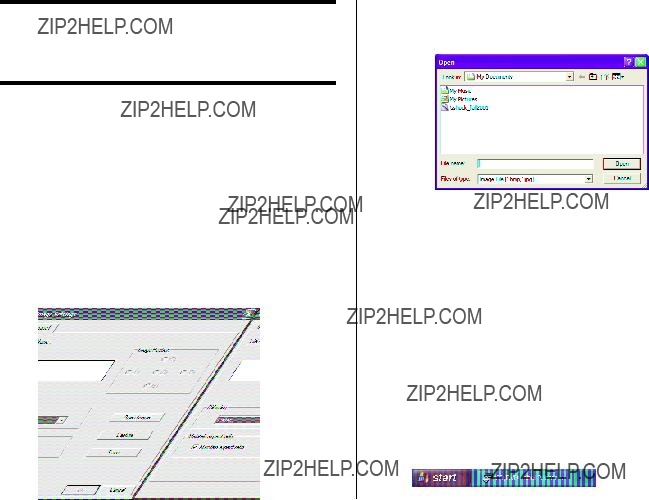
 on the
on the .
. button. This displays the Image dialog box.
button. This displays the Image dialog box. button. This minimizes the main window.
button. This minimizes the main window.
 button. This displays the Image dialog box.
button. This displays the Image dialog box.

 .
.





 to make the selected text bold, or
to make the selected text bold, or  to make the text italic.
to make the text italic. or italicized text and clicking
or italicized text and clicking  removes the corresponding style and returns the text to normal.
removes the corresponding style and returns the text to normal. to
to  to center the text, or
to center the text, or  to
to 
 .
. or
or  , and then select the image you want to insert.
, and then select the image you want to insert. , you cannot input text. To insert a label background image, choose
, you cannot input text. To insert a label background image, choose  or
or  .
. .
. .
. again turns display of the background image back on.
again turns display of the background image back on. displays an enlarged preview image, which comes in handy when layout label elements.
displays an enlarged preview image, which comes in handy when layout label elements.
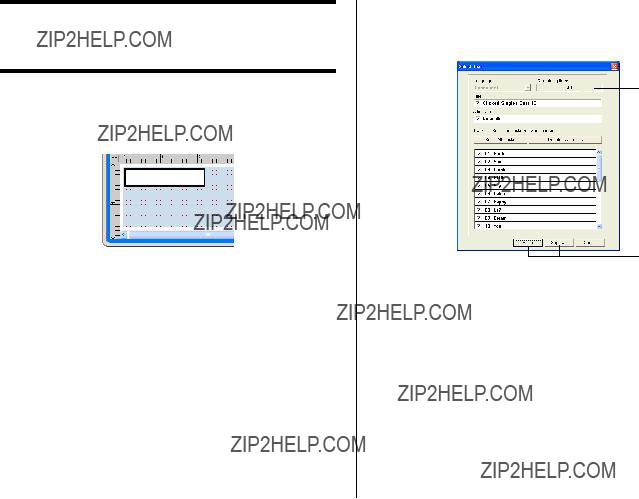
 or
or  .
.
 or
or  , configure settings for the image you want to insert, and then click OK.
, configure settings for the image you want to insert, and then click OK.



 Reference field
Reference field
 button. This displays a menu.
button. This displays a menu.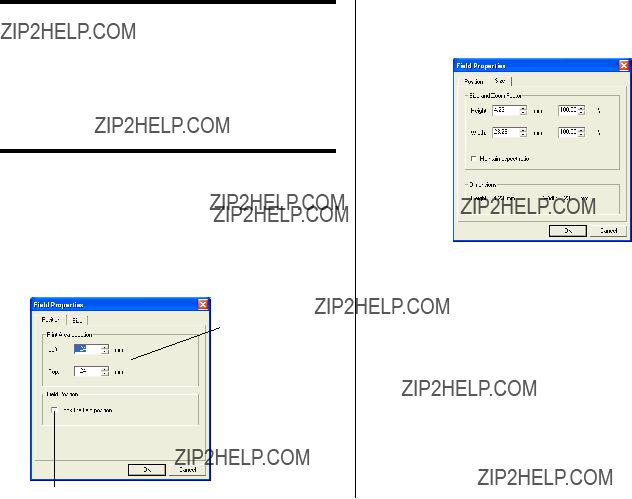
 button and then Properties displays a dialog box that you can use to change the properties of a field.
button and then Properties displays a dialog box that you can use to change the properties of a field. .
.


 . This displays a dialog box for making advanced label creation or print settings.
. This displays a dialog box for making advanced label creation or print settings.
 button.
button. button.
button.
 button.
button.
 button.
button.


